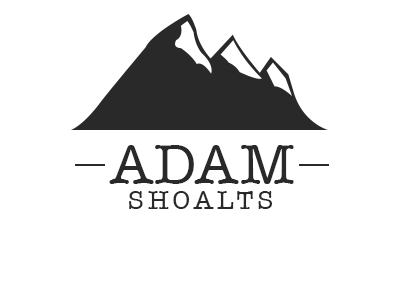Q. Hasn’t the whole world been explored already?
A. The earth still has plenty of places humans have never explored. New species unknown to science are regularly discovered—in the Amazon rainforest alone, a new species is discovered every few days. Much of the world’s oceans remain unexplored. There are still caves that no human has ever set foot in and mountains no one has climbed. What is less known is that parts of the earth’s land surface have never been truly explored—and while these places have been mapped—that is not necessarily the same thing as exploration. Thanks to satellite technology and air photographs, we can look at images of virtually anywhere on earth. Called “remote sensing” by geographers, this is how much of the world’s remote and inaccessible places—such as the Antarctic, Greenland, and most of Canada’s north—have been mapped. But viewing the ground from high above in airplanes or with satellites is no more exploration than looking at the moon with a telescope in your backyard is the same as the Apollo Moon Landings. It also ensures that some topographic features—like waterfalls, rapids, and even islands—are occasionally missed and left off the map. For this reason, it is still possible to “discover” features not on any existing map, such as waterfalls. Ultimately, what exploration means is physically journeying to a place to make an investigation of it—and equally important, reporting back on what you find. Professional exploration, like science, is grounded in the publication of reports, photographs, maps, and other documents. So when people today speak of an “unexplored area” they mean a place where these sorts of reports and documents don’t cover. And as far as that sort of exploration goes, the world still has plenty of unexplored places.
Q. How many rivers have you discovered?
A. None! I’ve never discovered any rivers—but I have explored several dozen and counting. “Exploring” and “discovery” don’t mean the same thing. Neil Armstrong and Buzz Aldrin explored the moon in 1969—but they didn’t discover it! For as long as humans have walked the earth, we’ve known about the moon. But knowing something exists isn’t the same thing as exploring it. Likewise, we may know certain rivers or mountains or other places exist thanks to satellite images, but that isn’t the same as exploring these places. Only by physically journeying to these places and investigating them are we truly exploring them.
Q. Couldn’t we just use satellites and air photographs to explore and map everything?
A. We could. Theoretically. But it would be enormously expensive and in practice isn’t done. Google’s high resolution satellite images are wonderfully clear. But these high resolution satellite images don’t cover the whole earth. For remote areas, including much of northern Canada, only blurry, low-resolution satellite images exist. And these poorer quality images don’t capture the same detail. Thus, its not always possible on the basis of satellite images alone to distinguish between a waterfall and a rapid, or even to see such things at all. The only way then, unless you have better satellite images, is to do what cartographers call “ground-truthing” that is, putting your boots on and physically venturing out to such remote places to verify what’s actually there. That’s what I do on my expeditions. It’s also a lot more fun than starring at images on a computer screen. At least I think so.
Q. What’s the difference between “uncharted” and “unexplored”?
A. These two words are often used interchangeably—but they don’t mean the same thing. Uncharted means unmapped. Canada—even the most remote parts—is not uncharted. As recently as 1916 about one quarter of Canada’s land surface was still uncharted—but gradually those blanks on the map were filled in largely through the use of air photographs snapped high above by cartographers flying over the landscape—which could then be used as the basis for making topographic maps. Unexplored, in contrast, means a geographic area where no one has explored or investigated and published their findings on. So, for example, it would be correct to speak of parts of the Canadian Arctic or Hudson Bay Lowlands as unexplored, but incorrect to say these places are uncharted. Of course, it is still possible to find small uncharted topographic features—like waterfalls, hills, canyons, even in rare cases islands. That’s because no map—certainly not a 1:50,000 scale topographic map—the standard scale for a Canadian topographic map—-can hope to capture every detail of the landscape.
